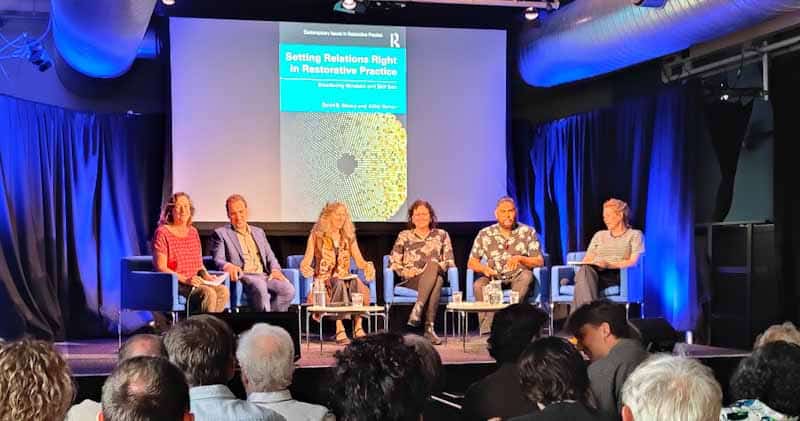Last week the Australian Institute of Health and Safety (AIHS) National Conference contained some excellent speakers and one or two stinkers. (I will not be reporting on the last speaker of the conference, who spent his first ten minutes “roasting”. i.e. insulting the delegates!) Safe Work Australia’s Marie Boland was an important and informative speaker who nudged the occupational health and safety profession to be more active.
Category: justice
OHS needs to create discomfort
Occupational health and safety (OHS) decision-making by employers is dominated by reasonably practicable safety and health decisions. OHS advice is similarly dominated, leading to an industry that is cowed by the need for job security and tenure. OHS teaching in tertiary institutions is also influenced, if not dominated, by what is seen as (right-wing) “business realities”.
OHS is a small part of the university curriculum. In some universities, OHS education is missing entirely. The OHS discipline is not seen as important or marketable or an important source of revenue. A new book about universities in the United States in the 1960s and 1970s may help us understand the reasons for this.
“If a tree falls in a forest and no one is around to hear it, does it make a sound?”
Victoria’s Sentencing Advisory Council is conducting a public inquiry into sentencing and penalties for breaches of occupational health and safety (OHS). Public hearings are continuing, and the inquiry is receiving some well-deserved media attention.
ABC’s The Law Report recently devoted an episode to Industrial Manslaughter laws and the sentencing inquiry. The IM section of the episode was very familiar, but the sentencing inquiry was intriguing.
Applicability of Restorative Practices to all workplaces
Last week, a book called Setting Relations Right in Restorative Practice by David B Moore and Alikki Vernon (pictured above, second and third from the left, respectively) was published. The launch seemed full of the authors’ friends and colleagues, as well as social workers. Although Restorative Justice has been applied a little bit to resolve workplace conflicts, the discussion was dominated by examples in youth detention, correctional facilities, health care and public sector organisations. These are important industries, but what about the private sector in which most people work?
I asked the authors for some perspectives on workplaces outside of the types already discussed?
Below is the response from Moore and Vernon.
From troublemaking to a social movement on OHS
It is unlikely that the book “Troublemaking – Why You Should Organise Your Workplace” will be read by anyone outside its intended audience – trade union members and organisers. However, it should be. Organising people into protests, pressure groups, lobbyists or broader sociopolitical movements is not owned by the trade unions, although they have mastered some of the techniques.
It is possible to dip into this book for information on mobilising workers independently of trade union structures but not ideology. This approach may be particularly useful for occupational health and safety (OHS) practitioners who want to create a movement within a company, industry, or community that argues for improved workplace health and safety and to build a collaborative culture of consultation, dialogue and joint decision-making.
Call for Industrial Manslaughter laws after more unnecessary deaths
It was inevitable that all States in Australia would end up with Industrial Manslaughter (IM) penalties related to occupational health and safety (OHS). Tasmania is the latest to start the consultation on these laws, and again, it has required a work-related tragedy to generate the outrage that seems required for such a push.
The Australian Broadcasting Corporation is reporting on the grief and outrage of Georgie Burt, one of the parents of
“….one of six children who died when a jumping castle became airborne at an end-of-year celebration at Hillcrest Primary School in Devonport in 2021.”
hyperlink added
Industrial Manslaughter comes to South Australia…. finally
South Australia is the latest Australian jurisdiction to introduce Industrial Manslaughter penalties. The magnitude of the potential penalties is reasonable, given that they come from an employer’s reckless conduct that leads to a fatality. However, many of the deterrent and preventive impacts expected by politicians and advocates have not been proven.
The Australian Broadcasting Corporation has an excellent article on the South Australian action.






